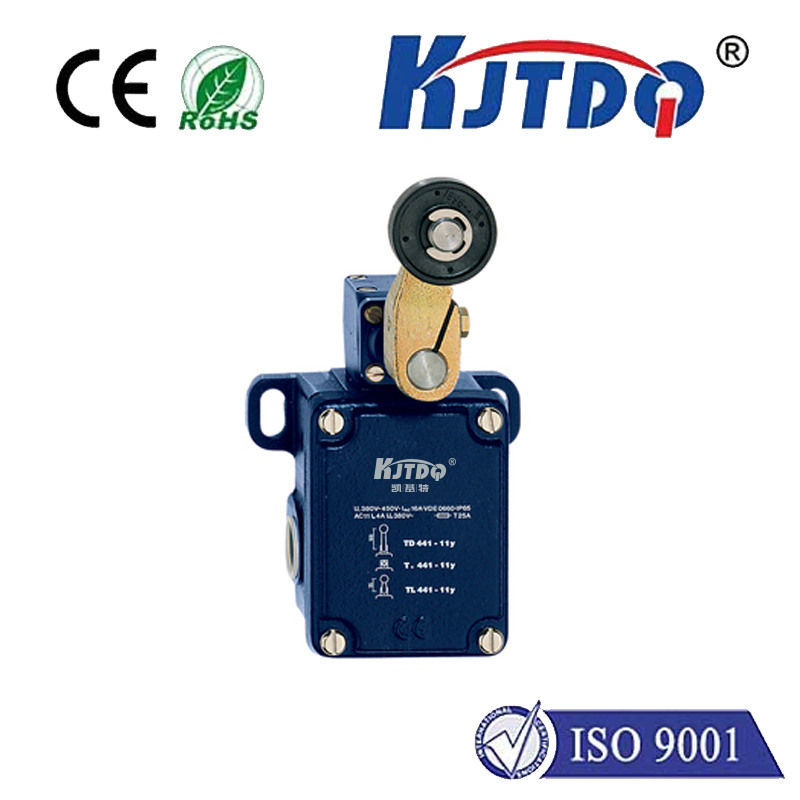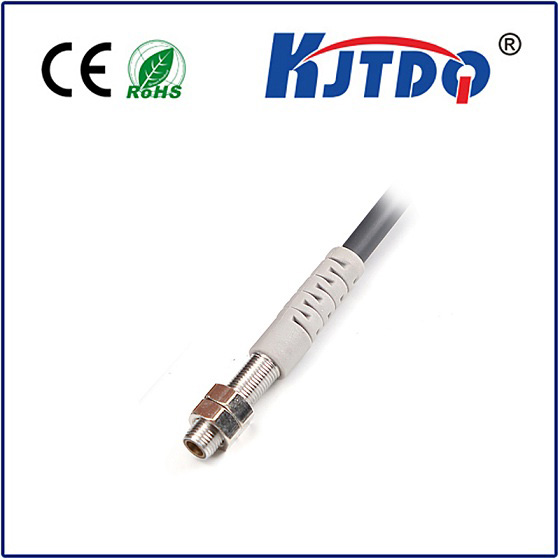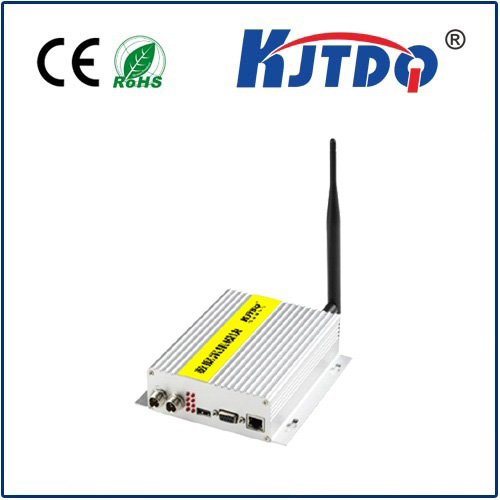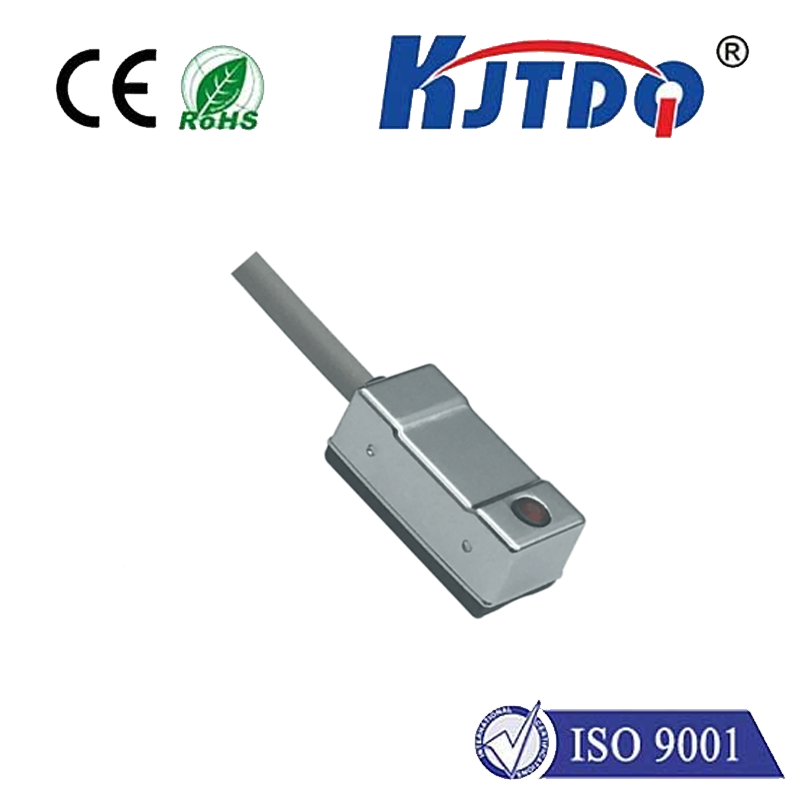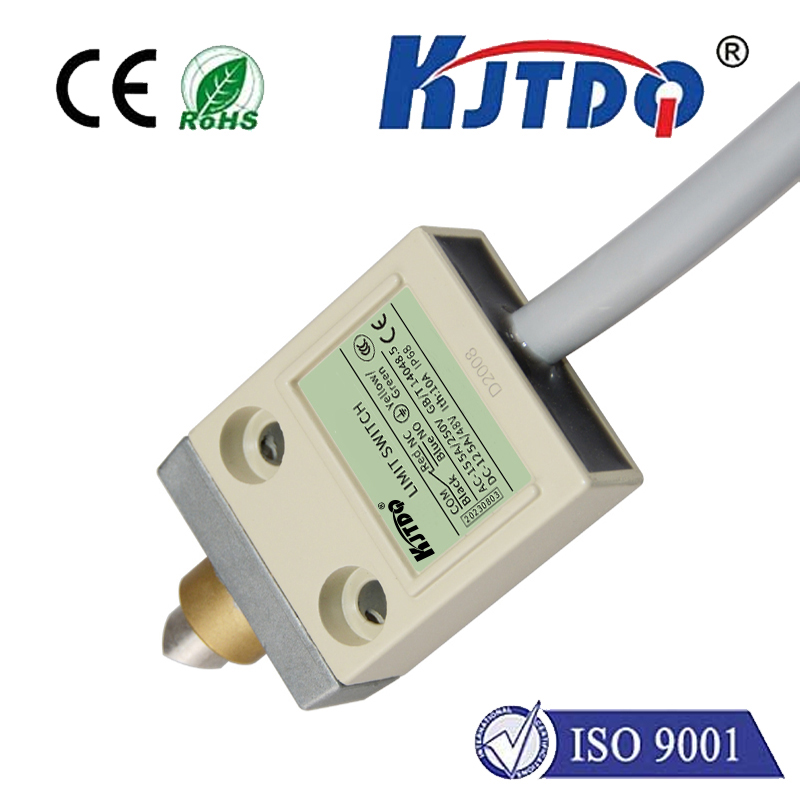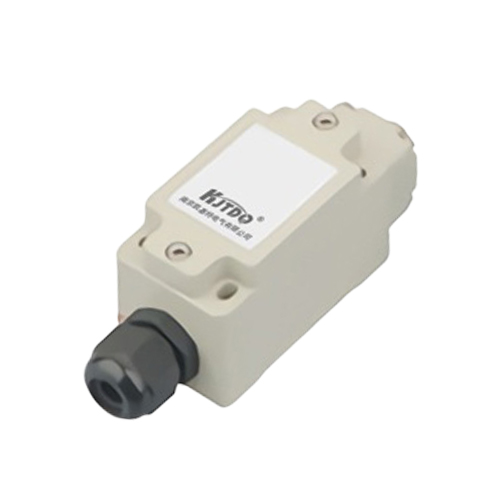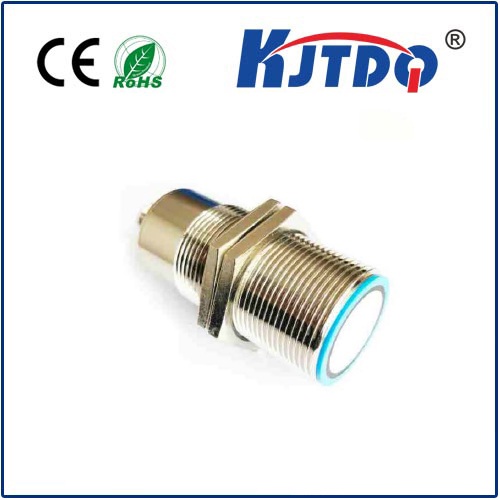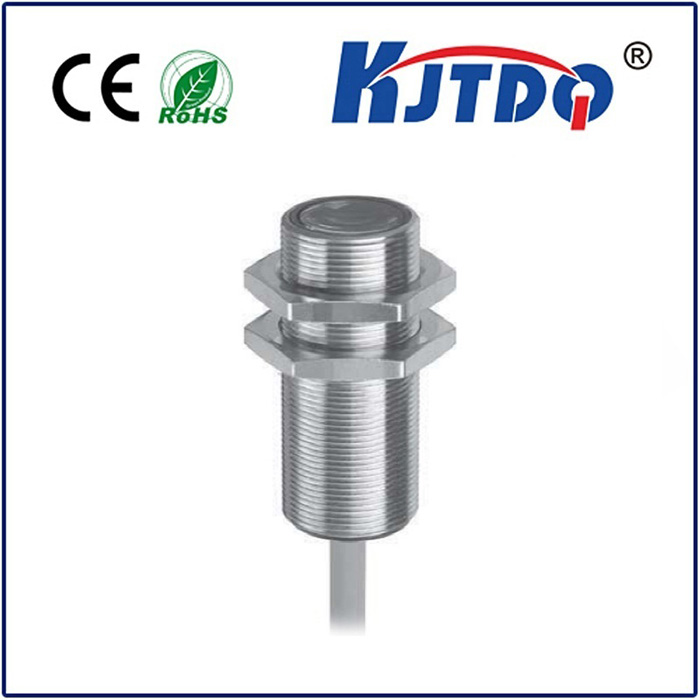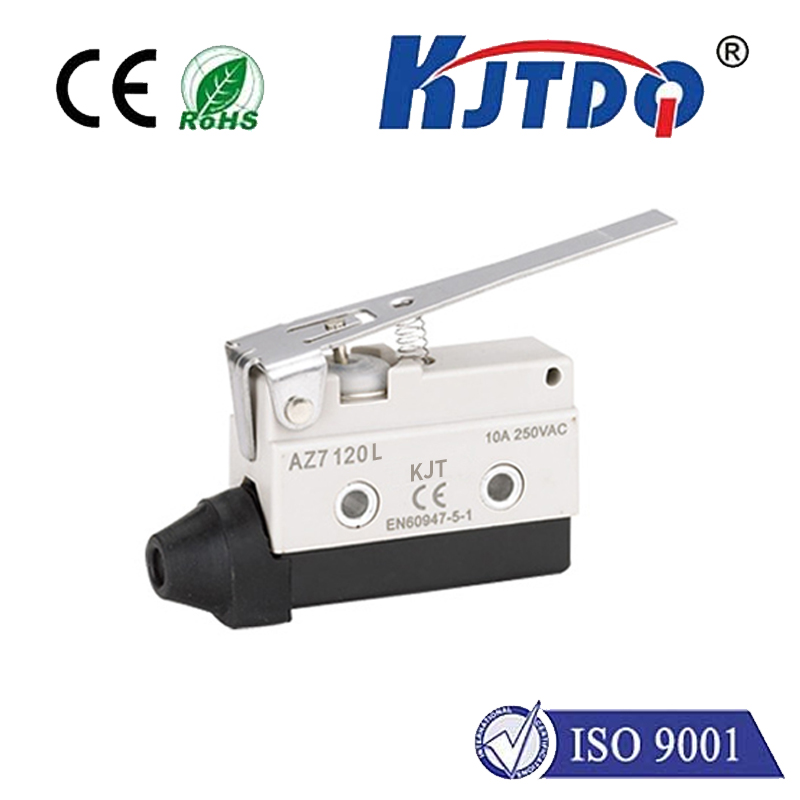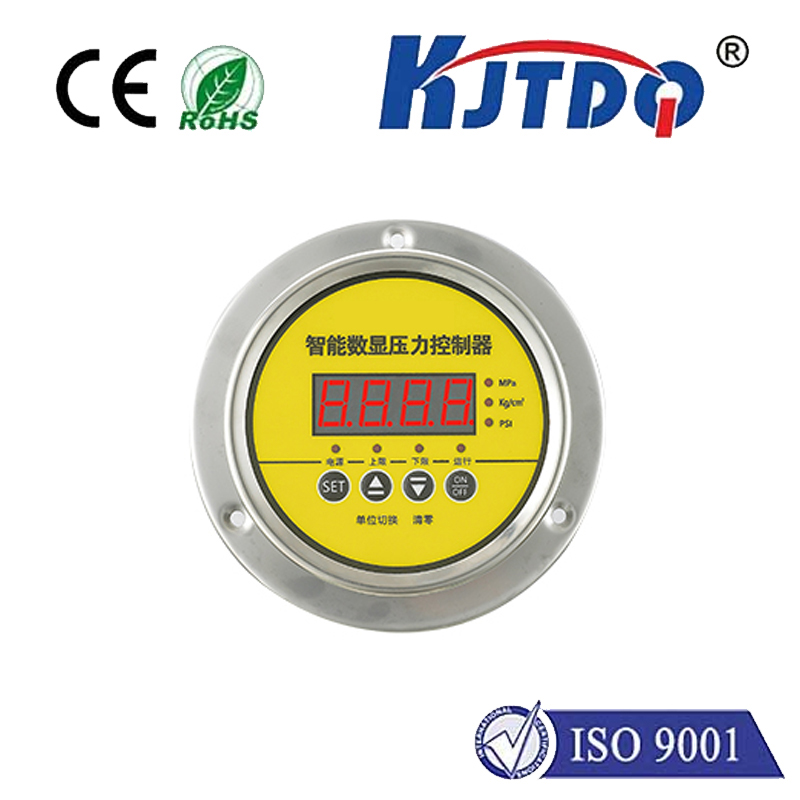E3JK-TP14 2M m12 photoelectric sensor
- time:2025-10-10 00:38:16
- Click:0
Mastering Detection Challenges: Dive Deep into the Omron E3JK-TP14 2M M12 Photoelectric Sensor
In the intricate dance of modern industrial automation, reliable object detection is the unseen choreographer. Machines stumble, processes falter, and efficiency plummets when sensors fail to perform consistently. Enter a workhorse renowned for tackling diverse sensing challenges: the Omron E3JK-TP14 2M M12 Photoelectric Sensor. This specific model represents a potent blend of robust design, proven technology, and practical features, making it a go-to solution across countless factory floors and material handling systems.
But what makes the E3JK-TP14 stand out? Its name holds the key. Let’s decode it: “E3JK” identifies Omron’s series of general-purpose diffuse-reflective photoelectric sensors. “TP14” specifies the exact variant within this series – often denoting features like pin configuration or specific sensing characteristics. Crucially, “2M” signifies its impressive 2-meter sensing distance, a significant range for many common applications. Finally, the “M12” designation refers to its industry-standard M12 connector, offering fast, reliable, and waterproof electrical connections. This sensor is engineered for resilience and ease of integration in demanding environments.
The Core Brilliance of Diffuse-Reflective Sensing
At its heart, the E3JK-TP14 operates on the diffuse-reflective principle. Unlike thru-beam sensors requiring separate emitter and receiver units, this type houses both components within a single, compact housing. The internal infrared LED emitter projects a beam of light. When an object enters the sensing field, light reflects diffusely off its surface back towards the sensor’s receiver. The receiver detects this reflected light change, triggering the sensor’s output.

This integrated design offers significant advantages:
- Simplified Installation: Only one unit needs mounting and wiring compared to thru-beam setups, drastically reducing installation time and complexity.
- Cost Efficiency: A single sensor unit is more economical than purchasing and installing separate emitter/receiver pairs.
- Versatility: Well-suited for detecting a wide variety of objects – boxes, bottles, pallets, parts, even opaque liquids – without needing a reflector. Its effectiveness hinges on the object’s reflectivity relative to the background.
Unpacking the E3JK-TP14 2M M12 Advantage
The specific “TP14” model combined with the 2M range and M12 connector creates a sensor optimized for real-world industrial conditions:
- Robust 2-Meter Sensing Range: The 2M capability extends its reach significantly beyond shorter-range sensors. This flexibility allows detection at greater distances (e.g., across conveyor belts, monitoring bin fill levels, detecting large packages) without sensor relocation. It provides a crucial buffer zone in dynamic processes.
- M12 Connector Reliability: The ubiquitous M12 connector is a cornerstone of industrial connectivity. Its benefits are profound:
- Rapid Installation & Maintenance: Pre-wired, screw-less connectors plug in quickly, minimizing machine downtime during setup or replacement. No tedious wire stripping or terminal screws.
- IP67 Protection: This industry-standard rating signifies exceptional resistance to dust ingress and temporary immersion in water (up to 1m for 30 mins). The E3JK-TP14 can withstand washdowns, humid conditions, and dusty manufacturing environments where inferior connectors fail.
- Vibration Resistance: The positive lock of the M12 connector ensures connections remain secure, even in high-vibration settings like packaging machinery or stamping presses.
- Built for Industrial Harshness: Beyond the connector, the sensor housing itself is typically engineered from rugged materials offering high resistance to impacts, oils, and chemicals commonly found in factories. Durability is paramount for sustained operation.
- Modulated Light for Stability: Like most modern photoelectric sensors, the E3JK-TP14 likely utilizes modulated infrared light. This means the emitted light pulses rapidly at a specific frequency. The receiver is tuned only to this frequency, making it highly resistant to interference from ambient light sources (like sunlight or fluorescent lamps), ensuring reliable operation even in brightly lit areas.
- Adjustable Sensitivity: A key feature for optimizing performance is usually a built-in sensitivity adjustment potentiometer. This allows fine-tuning the sensor’s trigger point based on the specific object’s reflectivity and the background conditions, maximizing detection reliability and minimizing false triggers.
- Flexible Output Options: These sensors commonly offer configurable output types (NPN or PNP transistor outputs), allowing seamless integration with a wide variety of PLCs (Programmable Logic Controllers) and control systems prevalent in automation.
Where the E3JK-TP14 2M M12 Excels: Key Applications
Its blend of range, robustness, and ease of use makes the Omron E3JK-TP14 incredibly versatile. Common applications include:
- Conveyor Line Object Detection: Detecting presence/absence of boxes, cartons, bottles, or parts moving along conveyors, triggering counters, sorters, or diverters.
- Position Verification: Confirming that parts are correctly positioned in fixtures, jigs, or pallets before a process begins (e.g., machining, welding, assembly).
- Fill Level Monitoring: Checking the presence of items in bins, hoppers, or chutes to prevent overflow or trigger refill mechanisms.
- Machine Guarding (Presence Detection): Providing basic presence sensing on non-safety-rated applications (e.g., ensuring an area is clear before a machine cycle starts).
- Automated Packaging: Detecting film, cases, or products during various packaging stages.
- Material Handling Systems: Tracking pallets, totes, or AGVs (Automated Guided Vehicles) at key points within a warehouse or distribution center.
Best Practices for Optimal Performance
To maximize the effectiveness of your E3JK-TP14 photoelectric sensor:
- Mind the Background: Diffuse sensors detect reflected light. Ensure the background behind the target is non-reflective and significantly darker than the object. Avoid shiny backgrounds or objects that blend in.
- Proper Alignment: While less critical than thru-beam, ensure the sensor faces the target area squarely for maximum reflection detection. Use the sensitivity potentiometer to fine-tune.
- Consider Object Properties: Highly reflective or very dark objects can be challenging. Test with the actual objects under operating conditions and adjust sensitivity accordingly. For difficult targets, alternative sensor types (retro-reflective or thru-beam) might be better suited.
- Leverage the M12 Advantage: Utilize proper M12 cabling and ensure connectors are securely tightened (hand-tight plus a quarter turn) to maintain the IP67 seal.
- Regular Inspection: Include sensor lenses in routine cleaning schedules; accumulated grime significantly reduces performance.
The Indispensable Automation Workhorse
The Omron E3JK-TP14 2M M12 Photoelectric Sensor embodies the essential qualities needed on the modern factory floor. Its 2-meter sensing distance tackles a broad range of detection tasks, while the rugged construction and IP67-rated M12 connector guarantee resilience in tough industrial environments. The convenience of quick-connect wiring and simplified mounting offered by the M12 standard translates directly to reduced installation time and easier maintenance. As a reliable, versatile, and cost-effective diffuse-reflective sensor, it provides a fundamental building block for **robust object detection












